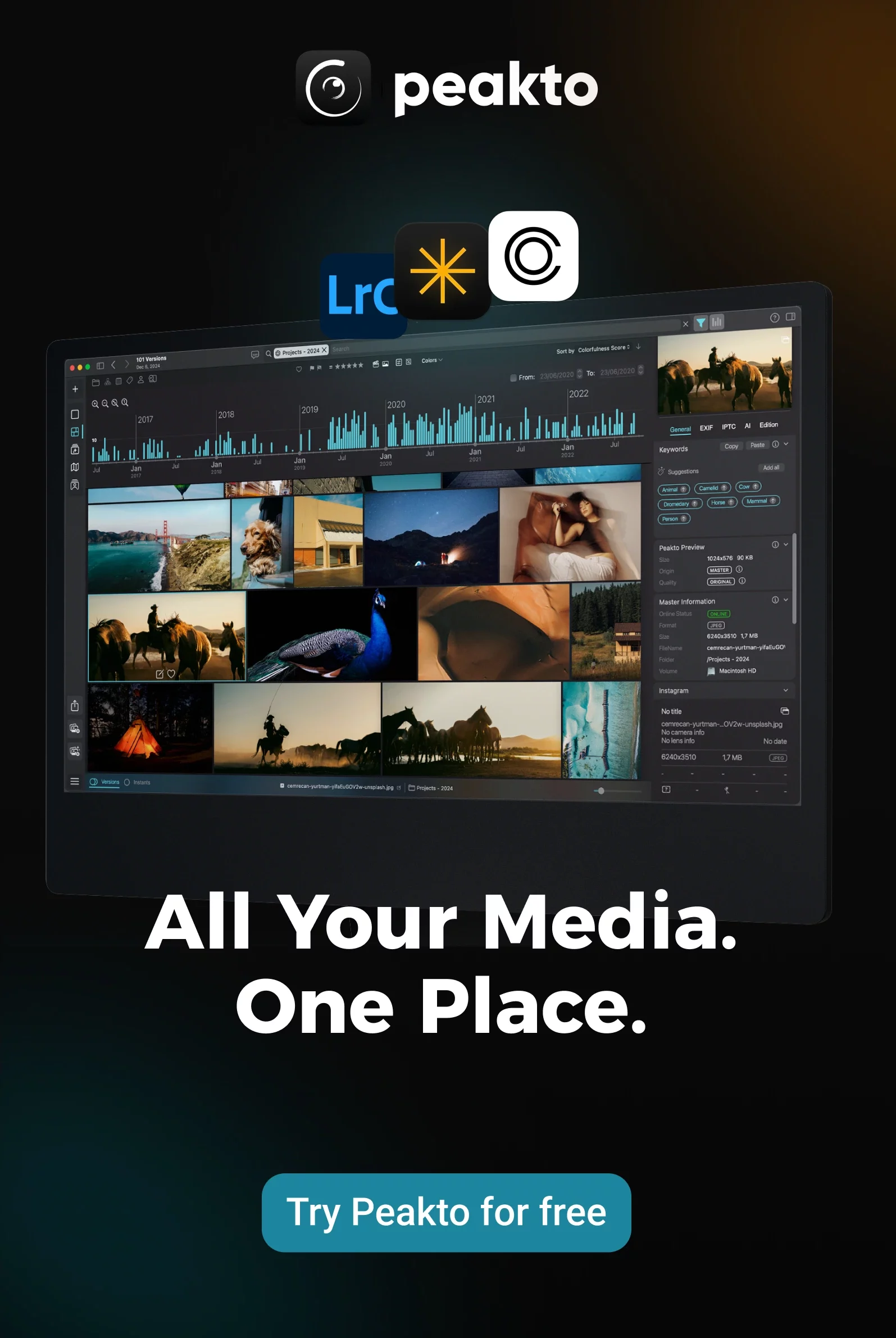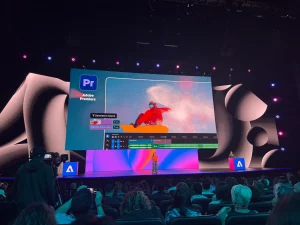Tagging might seem like overkill if you’re a solo creator—but once your video library hits a certain size, the search-and-scroll struggle is real. That’s where video tagging software for content creators steps in.It offers a smarter way to structure and manage your files, helping you stay focused on creating rather than clicking through folders.
More than just a nice-to-have, tagging is now a pillar of efficient video workflows. Whether you’re working online or offline, these solutions are built to simplify your process. If you’re building a strategy that scales, our best management method for videos guide lays out the full framework.
What Is Video Tagging Software and Why Content Creators Need It
Video tagging software lets you label clips with metadata—keywords, timestamps, speaker IDs, facial recognition, even visual elements—to specific parts of a video. They also make it easier to organize related audio and visual material into reusable, searchable resources.
For content creators, the value is clear: time saved, easier repurposing, and cleaner project handoffs. According to a study, creators who adopt tagging systems see a 30–50% reduction in file search time and a boost in team collaboration.
Instead of scrolling through hours of footage or manually labeling clips for each platform, with a tagging software, you can instantly retrieve relevant segments, reuse evergreen content, and collaborate efficiently with teams or clients. Whether you’re building YouTube playlists or juggling client edits, this one workflow tweak can dramatically cut friction.
Benefits of Video Tagging Software for creators beyond Organization
Setting up an effective tagging system offers creators:
- Faster editing by eliminating wasted time searching for content
- Better video reuse, making it easier to repurpose or repackage content for different platforms
- Simplified compliance and documentation for client projects
- Increased visibility and discoverability on SEO-driven platforms
The right solutions also ensure your video assets are well-documented and securely managed, maintaining metadata consistency while respecting privacy.
Why Metadata Matters for Video Creators
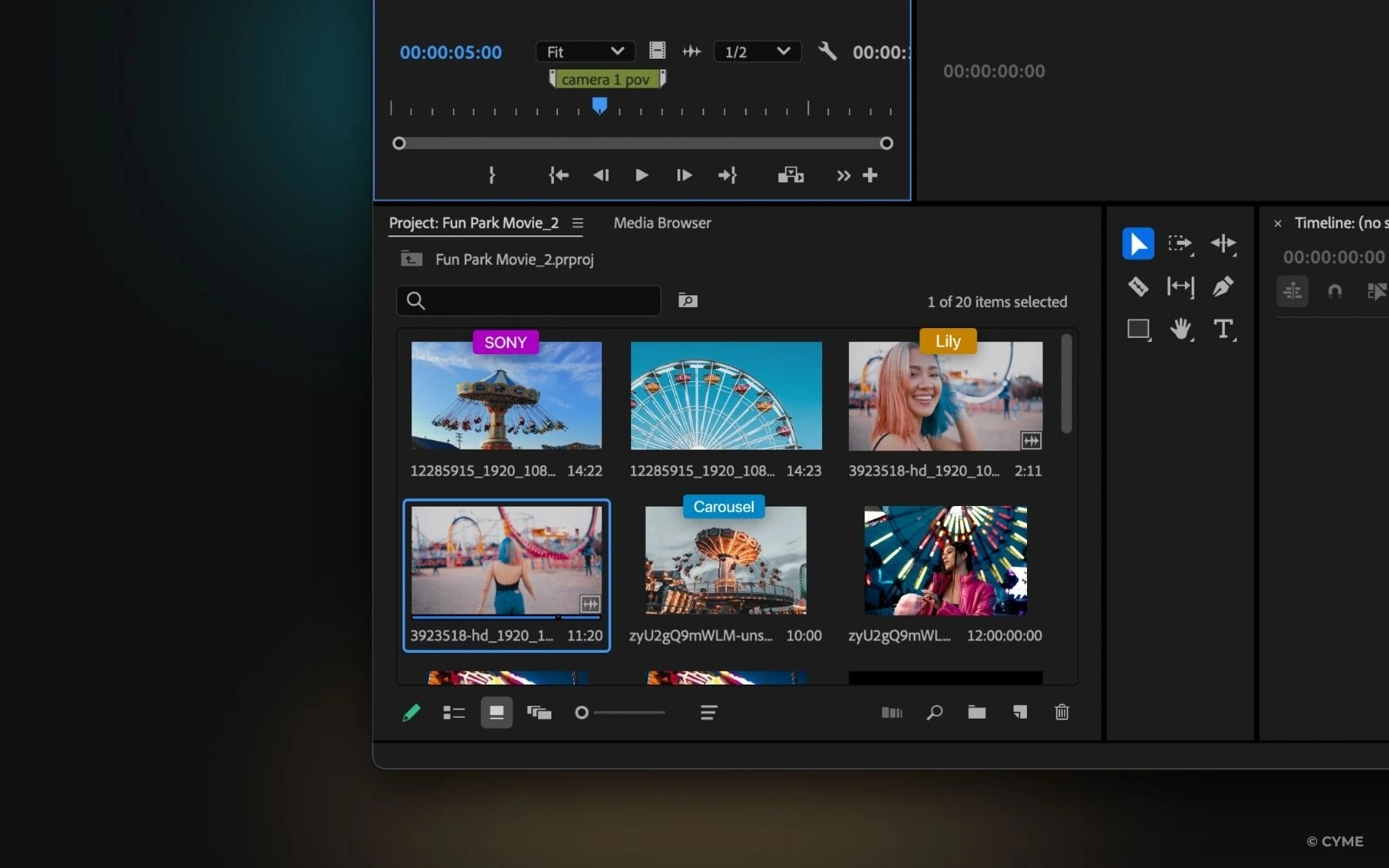
Good metadata isn’t just admin—it’s about accessibility. With thousands of video files, creators often waste hours searching through folders. Metadata tagging solves this by adding searchable data to your clips:
- Keywords like “tutorial” or “product review” make it easy to categorize content by topic or format.
- Timestamps highlight key scenes, allowing creators and editors to jump straight to important moments.
- Speaker tags or facial recognition IDs help identify who’s talking, especially in interviews or multi-host videos.
- Visual object labels such as “dog” or “drone shot” add an extra layer of searchability based on visual elements in the frame.
Manual, AI, or Hybrid? Tagging Software Types Explained
1. Manual Tagging Tools
2. AI-Powered Tagging Tools
AI software like VIDIZMO, Veritone, or Peakto automates tagging using facial recognition, object detection, and speech-to-text.
3. Hybrid Tagging Workflows
Tools like Peakto and iconik strike a balance. They automate the grunt work, but let you refine the output. Hurixdigital provides interesting insights about the importance of human input in AI tagging—especially when managing sensitive audio or interview footage.
Use Cases by Creator Type
Let’s look at some of the notable photo and video organizing software available today on the international market, and what sets them apart.
1. YouTubers & Vloggers
Tagging videos in a consistent series (like “Meal Prep Mondays”) helps keep themes easily searchable and build loyal audience segments over time. Adding face tags for frequent guests or collaborators allows viewers to find their favorite appearances quickly. Metadata also boosts discoverability on platforms like YouTube by feeding platform algorithms with structured information.
2. Educators & Course Creators
Timestamping lessons by topic makes long-form content easier to navigate and review. Speech-to-text tagging supports multilingual captions, increasing accessibility and learner engagement. With well-tagged video libraries, educators can build searchable knowledge bases for students or trainees.
3. Creative Agencies & Teams
Top Features to Look For in Video Tagging Software
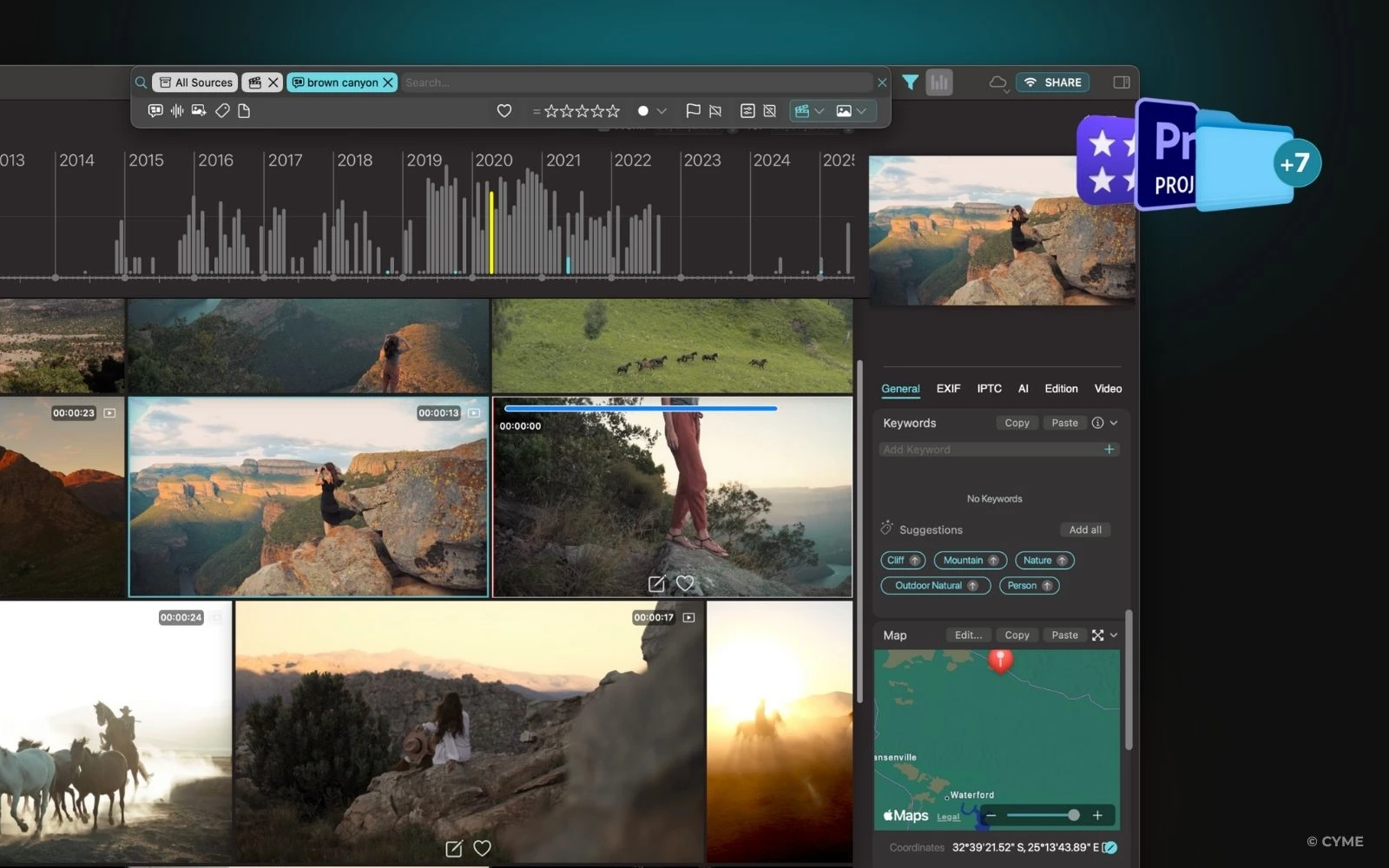
When choosing the right tool, don’t just think in terms of tags. Consider how it fits into your overall digital asset management workflow, especially if you’re planning to scale or collaborate. Here’s what separates a good tool from a great one:
- Facial recognition to quickly and accurately identify speakers or recurring subjects
- Object detection to tag scenes with recognizable elements like cars, logos, or backgrounds
- Speech-to-text transcription to make spoken content searchable and support captioning workflows
- Cross-catalog search to find files across folders, apps, and devices
- Collaboration tools to allow teams to assign, review, and update metadata collectively
Recommended Tools Based on Use Case
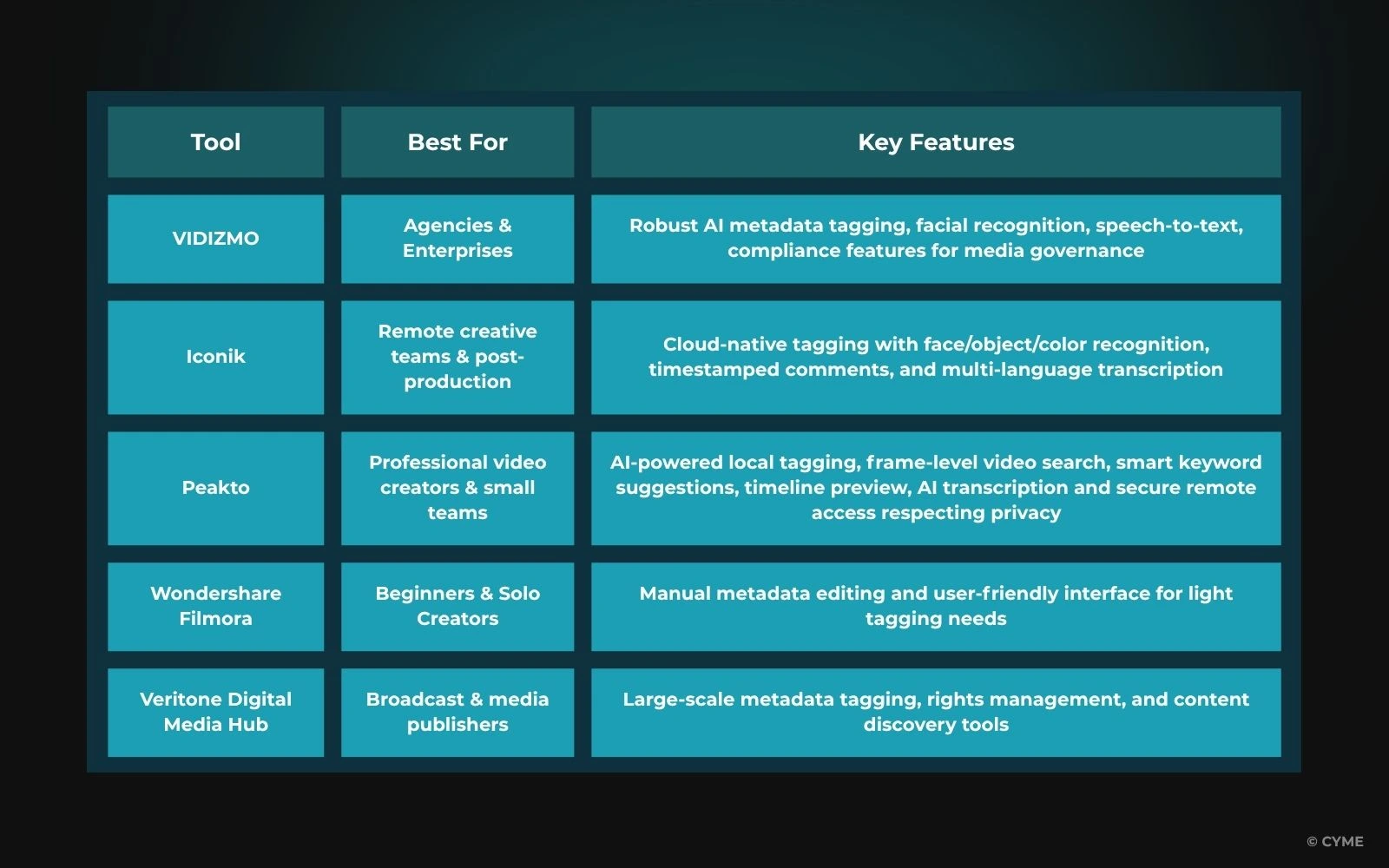
Cost-Benefit Analysis of Video Tagging Automation
Future Trends in Creator-Focused Video Metadata Technology
Advanced AI Recognition Capabilities
Next-generation tagging tools will offer enhanced emotion recognition, brand detection, and contextual understanding that goes beyond simple object identification.
Cross-Platform Integration Evolution
Integration with social media platforms, content management systems, and creator economy tools will become seamless. From CMS to TikTok, metadata will follow your content across tools. Expect one-click publishing with SEO-rich tags auto-filled.
Why Content Creators Need Video Tagging Software
You don’t need to be a production house to benefit from pro-level tagging. Video tagging software for content creators adds structure to your footage using AI and metadata tools, unlocking smarter workflows, better visibility, and more time to do what you love: creating.
Whether you’re looking to improve your video editing pipeline, scale your content output, or just find that perfect drone shot faster—video tagging software is your silent, powerful assistant.
It’s how modern creators stay ahead of deadlines—and ahead of the algorithm.





